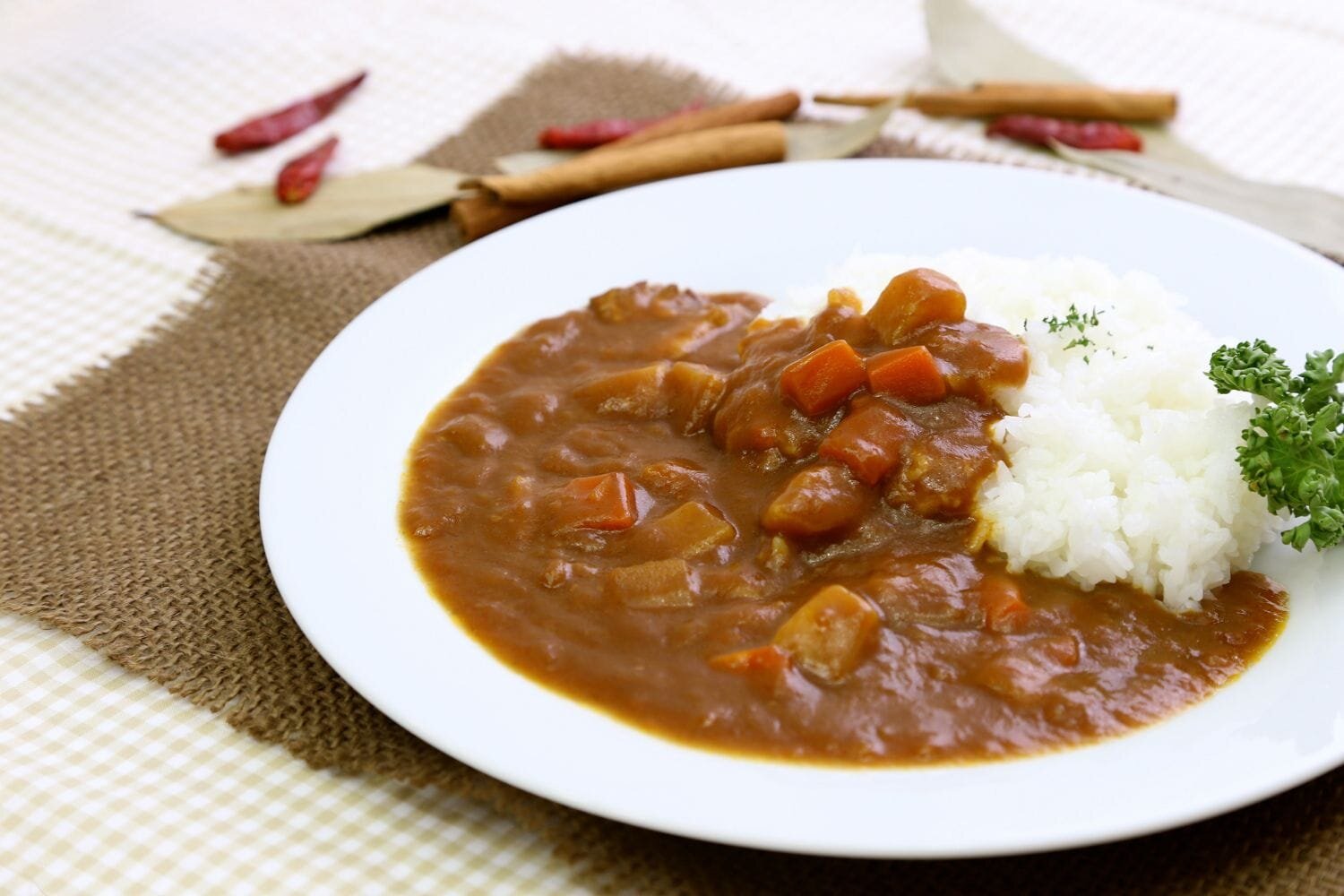In 2019, Tokyo held the record for having the most Michelin stars in a city, clocking in at an extraordinary 230 restaurants holding one or more stars. In comparison, Paris came in second at 123 stars. Third was Kyoto and fourth was Osaka, two more Japanese cities. Japan has such a rich food culture it even invented (or discovered rather) the fifth flavor called umami. But, what makes Japan have such a rich food culture? It may lie in their use of dashi.
Dashi is a Japanese soup stock which forms the foundation of Japanese cooking. It’s a soup stock that’s used in a wide range of Japanese dishes like miso soup, noodles, takoyaki, okonomiyaki and more. The simple form of dashi is made by boiling kombu (Japanese kelp) and katsuobushi (dried bonito flakes) in water (they sell dashi in packs where you can use it like tea bags).
Dashi was actually the main reason the fifth flavor of umami was discovered. In the early 20th century, Chemistry Professor Kikunae Ikeda came home from a long days work and was sipping on soup that had dashi in it. As he was tasting this he wondered, “Why is it so good? What am I tasting?”. It wasn’t salty, sweet, bitter or sour, it was “pleasant”. He went on to call this umami (umami is derived from the word umai which means delicious).To best describe the taste of umami , it’s a pleasant, savory taste. But, dashi isn’t the only food that has umami in it. Cheese, nuts, tomatoes, eggs, fish, meats, and even human breast milk have umami in it. But what ties all these different foods together? Professor Ikeda discovered that it had something to do with the chemical compound of these foods.
Foods that are high in glutamates have a lot of umami in it. Our taste receptors respond to glutamates separately from the other four flavors. Kombu and katsuobushi, the two main ingredients of dashi is very high in glutamates which is why it has a lot of umami in it.


















